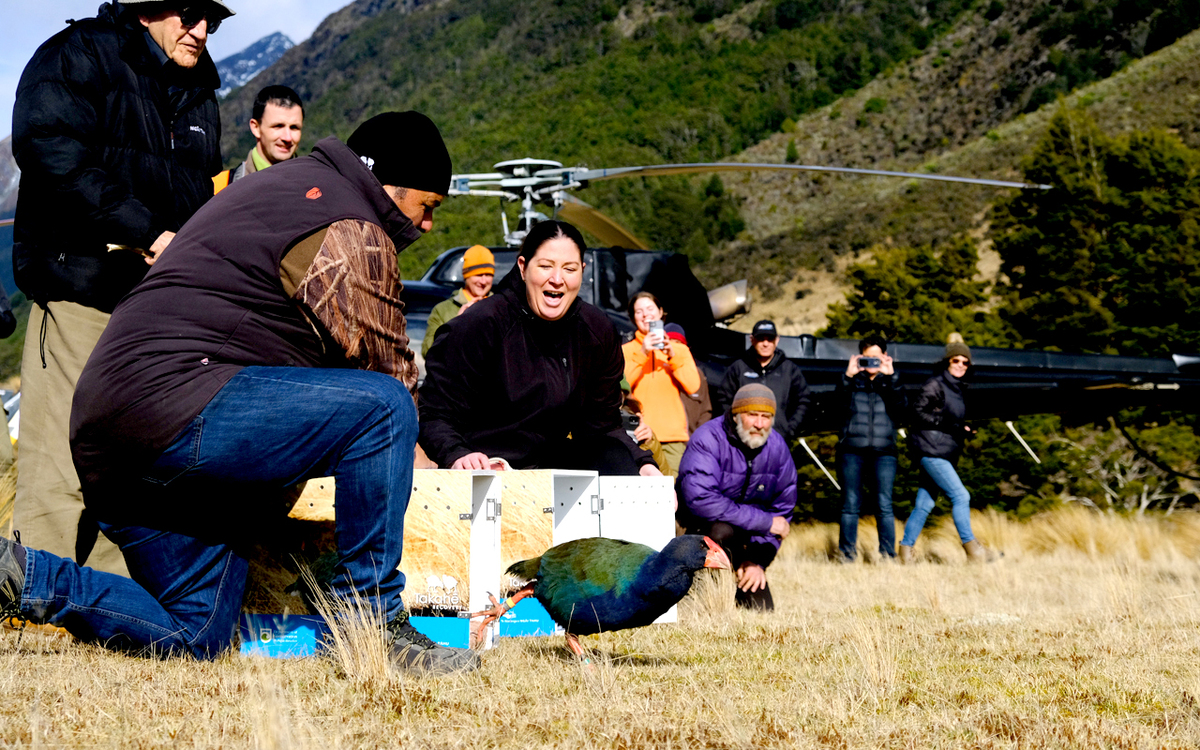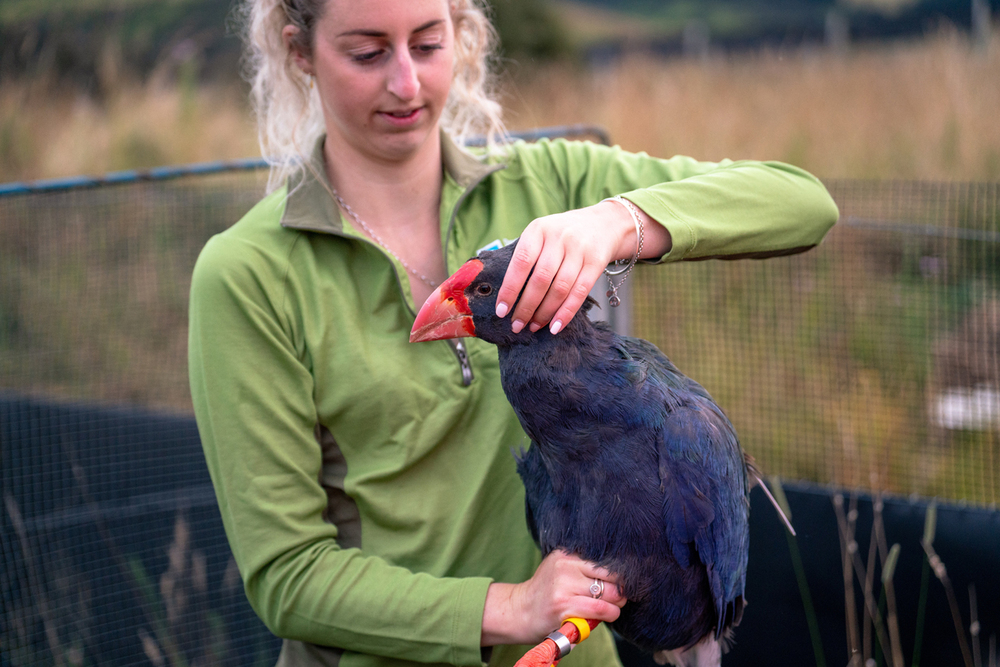Stoat targeted after 4 takahē deaths in Greenstone valley
28 March 2025, 12:17 AM
 Eighteen takahē were released into the Greenstone Valley in August 2023. However the discovery of a stoat, credited with up to five deaths, has prompting a ramped-up trapping effort by DOC. Photo:
Eighteen takahē were released into the Greenstone Valley in August 2023. However the discovery of a stoat, credited with up to five deaths, has prompting a ramped-up trapping effort by DOC. Photo: The Department of Conservation (DOC) has ramped up trapping efforts in the Greenstone Valley, near Queenstown, following the deaths of four takahē, attributed to stoat predation.
Eighteen takahē were first released on Ngāi Tahu tribal property, Greenstone Station, in 2023 to establish a new wild population. That number has now grown to between 20-30 after 18 months of successful breeding.
DOC Takahē Recovery Operations Manager, Deidre Vercoe, said that while predation was anticipated, the cluster of deaths over five weeks is concerning.
“DNA analysis and necropsy results point to a stoat, and we have since spotted a likely culprit multiple times on a camera in the area.'
“A fifth takahē with an unknown cause of death could also have been a victim.'
“Stoats can be extremely trap shy and take some time to catch, so more takahē deaths could become a reality,” Vercoe said.
In response, DOC has increased monitoring, installed extra traps, deployed a stoat detection dog, and is using baited trail cameras. The existing trapping network is also being rebaited more frequently.
Nationwide, more than 500 takahē exist, with many living in wild sites where stoats are present.
Ngāi Tahu representative on the Takahē Recovery Group, Gail Thompson says these recent deaths highlight that, despite their large size, sturdy beaks and claws, takahē remain vulnerable to introduced predators wherever they are in the wild.

A takahe is released in the Rees Valley. Photo: RealNZ
“This reinforces the importance of continuing to find new wild habitats for our taonga species while also collectively striving for a predator-free Aotearoa New Zealand,” Thompson said.”
Efforts to establish a population of up to 80 takahē in the nearby Rees Valley began in February this year (2025) with a release of 18 birds, with further releases planned for April and Spring.